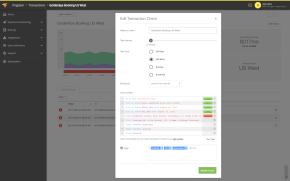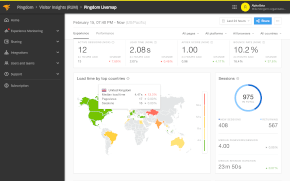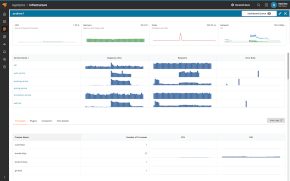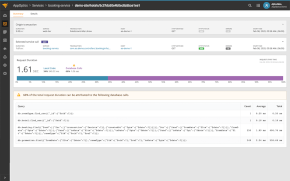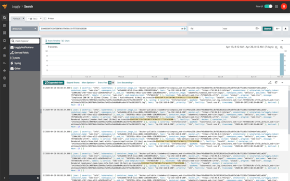
Have you ever wondered how much money Google, Microsoft, Apple, IBM, Yahoo, Amazon and other tech giants have in the bank? What kind of assets do they have, how much spending money do they have? The vague answer is, “a lot.” But if you want to find out exactly how much, read on.
To answer these questions, we picked out 15 well-known tech companies and looked at two things:
- Total assets: The value of all assets of a company, including equipment, properties, offices, cash, etc. In short: “everything they own.”
- War chest: The part of a company’s assets that consists of either cash and equivalents, or short term investments that can be quickly converted to cash. In short: “spending money.”
Here are the companies we included: Cisco, Microsoft, Apple, Google, Oracle, IBM, Intel, HP, Dell, Amazon, eBay, Yahoo, AMD, Adobe, and Novell.
On to the facts
Let’s go straight to the numbers. The chart here below is sorted by the size of each company’s war chest:

Observations and comparisons, giant vs. giant
It’s quite interesting to look at these numbers because they give you an idea of the massive amounts of money and resources these companies have access to, and how they compare amongst each other.
So here are some mixed observations and comparisons based on the data we collected.
- In terms of total assets, IBM and HP make the other companies look small.
- Microsoft has twice the assets of Google.
- Google has twice the assets of eBay and more than twice the assets of Yahoo.
- Google’s and Apple’s war chests are almost exactly the same size, just under 25 billion USD. However, these numbers are from the end of 2009, before Google went on its recent shopping spree.
- The only company of the 15 we included with a bigger war chest than Microsoft is Cisco, the networking giant.
- Comparing AMD and Intel is like comparing David and Goliat, at least in terms of assets. Intel has almost six times the assets of AMD.
- Oracle, Apple and Intel have almost exactly the same amount of total assets, just over 53 billion USD.
- Companies that can quickly convert more than half of their total assets to cash: Cisco, Google, and Novell.
You know you’re looking at big players when the smallest company on the list “only” has 1.8 billion USD in assets.
Final words
Having access to large amounts of cash is of course hugely beneficial to these companies. It allows them to acquire and invest in other companies and technologies, spend money on big advertising campaigns and also have a buffer against leaner times when their revenues might be suffering. In times of financial crisis, the “war chest” will be, pardon the pun, a real asset.
Disclaimer: Keep in mind that we here at Pingdom are tech guys, not financial analysts.
